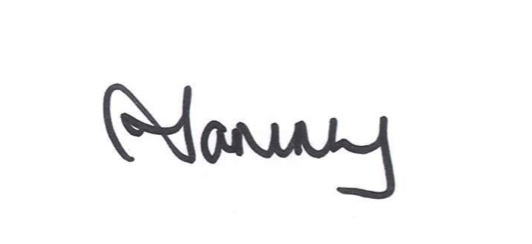 Same ol, same ol?
Same ol, same ol?
Think about the last time that your organisation appointed a new leader
Was there surprise expressed about the background/experience or characteristics of the new leader, or was he/she just “more of the same”? Almost a carbon cutout of those that have gone before?
A recent McKinsey article argues that
“Searching for the next generation of business leaders represents one of the biggest headaches for any organization. Most, in our experience, rely on development programs that rotate visible high fliers… Many, understandably, also look outside the organization to fill key roles despite the costs and potential risks of hiring cultural misfits.”
The article goes on to say:
“Far fewer, though, scan systematically for the hidden talent that often lurks unnoticed within their own corporate ranks. Sometimes those overlooked leaders remain invisible because of gender, racial, or other biases. Others may have unconventional backgrounds, be reluctant to put themselves forward, or have fallen off (or steered clear of) the standard development path. Regardless of the cause, it’s a wasted opportunity when good leaders are overlooked, and it can leave individuals feeling alienated and demotivated.”
How diverse is your leadership group?
Take a moment to think about the leaders in your organisation – are they all versions of the same, or is there true diversity?
Many organisations I am aware of specifically promote or hire to a “type” – sometimes they even use profiling tools to find the closest match to the ideal.
Of course, it is sensible to be looking for attributes that the organisation needs and values. And of course experience is critical to many roles.
But – when the only way to get promoted to a leadership position is to “fit”, an organisation runs the risk of creating a monochrome leadership culture.
This creates conformity, lack of diversity of thought and lack of diversity of experience – resulting in poorer and less robust decision making processes, less effective challenging, and more unconscious bias.
It also means that the leadership team runs the very real risk of not reflecting their customer and consumer base, and becoming increasingly out of touch.
Thinking about a different way to look at leadership
We have talked before about potential, and how many organisations do a disservice to their people by not seeing them with all their genius.
What if this applies to leadership too – what if the framework that organisations use to find and assess their future leaders is so limited as to exclude a whole population of fabulousness?
It’s something we need to get our heads around. Not least because it is clear that a fair percentage of the current crop of leaders in their monochrome glory are just not cutting the mustard.
We know that doing the same thing over and over again whilst expecting a different result is the definition of insanity – so maybe it’s time to shake this whole leadership harvesting approach up – and start actively “hunting” for those that may not fit the norm but who could do something quite special.
Where to from here?
If you need help developing your own courage in this realm, get in touch to discuss how I can help you on the path.
You can read these posts on potential and growth.
And if you’re still hungry for more, you can find my leadership book here.
Until next week, happy leading.


